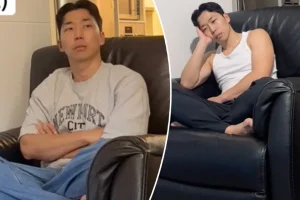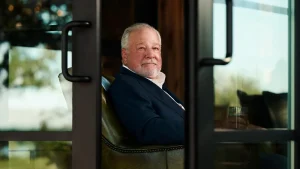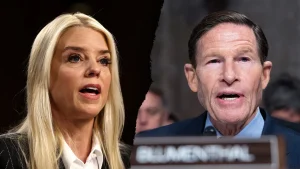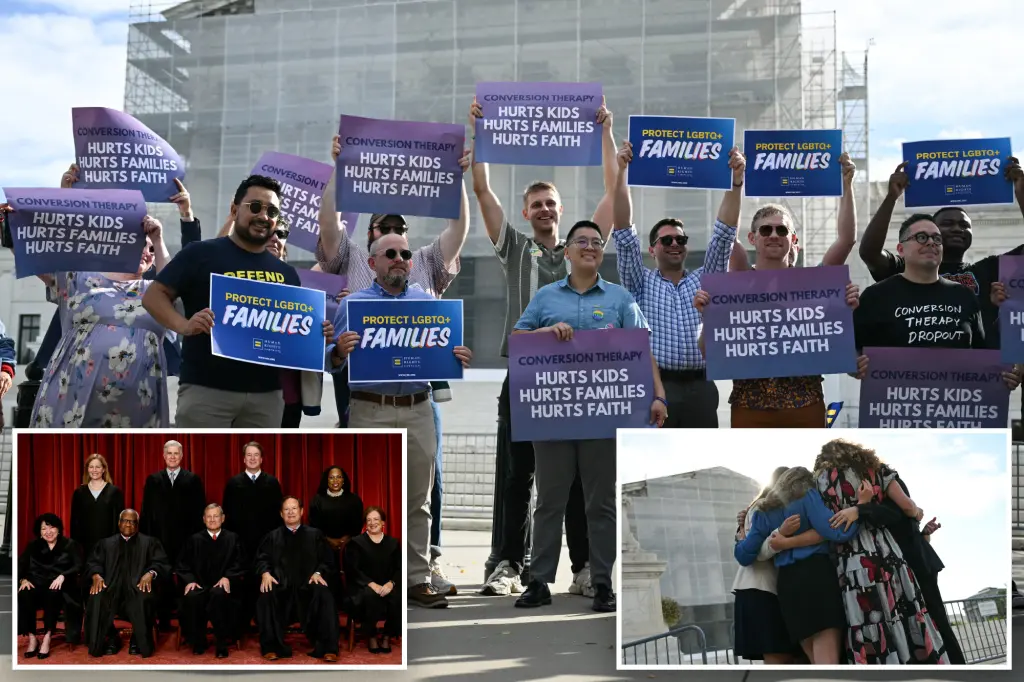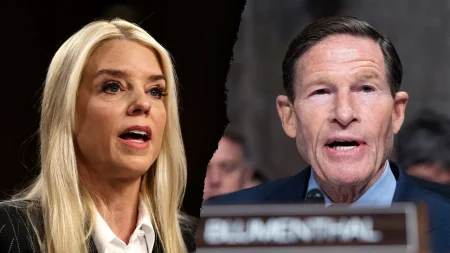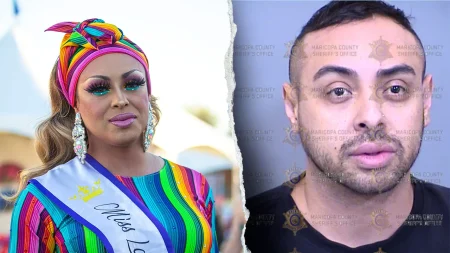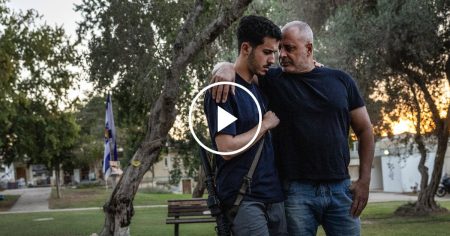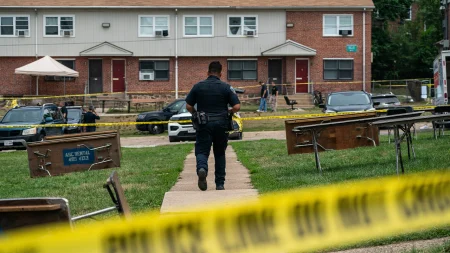Supreme Court Grapples with Colorado’s Conversion Therapy Ban: A Clash of Rights and Regulations
The U.S. Supreme Court faced a deeply contentious issue on Tuesday as justices deliberated over the constitutionality of Colorado’s 2019 law prohibiting licensed mental health professionals from performing conversion therapy on minors. The case, Chiles v. Salazar, centers on Christian therapist Kaley Chiles, who argues that banning talk therapy aimed at changing sexual orientation or gender identity violates her free speech rights. The hearing quickly revealed the court’s ideological divisions, with conservative justices expressing skepticism about the law’s constitutionality while liberals generally appeared more supportive of Colorado’s regulatory authority. Chief Justice John Roberts captured the core tension when he observed, “Just because they are engaged in conduct doesn’t mean their words aren’t protected.” This case represents a significant clash between professional regulation and First Amendment rights, with implications that could affect similar laws in nearly two dozen other states that have implemented comparable bans on conversion therapy for minors.
During oral arguments, the justices explored nuanced distinctions between different types of therapy and the government’s power to regulate professional conduct. Chiles’ attorney, James Campbell, sought to distinguish between invasive procedures like shock therapy and what he characterized as “voluntary conversations” about sexuality and gender. “This law prophylactically bans voluntary conversations, censoring widely held views on debated moral, religious and scientific questions,” Campbell argued, suggesting the law represents unprecedented viewpoint discrimination in counseling regulations. When questioned about studies showing harm from conversion therapy, Campbell pushed back, claiming these studies “suffer from significant flaws” by failing to distinguish between coercive approaches and voluntary talk therapy. Colorado’s defense, presented by Solicitor General Shannon Stevenson, rested on the state’s historical authority to regulate medical and therapeutic practices. “This has been an area that has been heavily regulated from the beginning of our country,” Stevenson contended, “and no one has ever suggested that a doctor has a First Amendment defense to give the wrong advice to their patient.”
The conservative justices seemed particularly troubled by what they perceived as potential viewpoint discrimination in the Colorado law. Justice Neil Gorsuch pointed out the evolving nature of professional standards, noting that homosexuality was once widely considered a mental health disorder in the 1970s. He questioned whether Colorado’s legal theory would have permitted banning affirmative therapy for gay individuals during that era—to which Stevenson acknowledged it would have. Justice Samuel Alito similarly probed the politicization of medical consensus, asking, “Have there been times when the medical consensus has been politicized? Has been taken over by ideology?” His questioning extended to historical examples of medical overreach, including eugenic practices when “many medical professionals thought that certain people should not be permitted to procreate because they had low IQs.” These exchanges highlighted the conservatives’ concerns about allowing states to enforce changing medical standards in ways that might restrict speech based on content or viewpoint.
The liberal justices, while generally more supportive of Colorado’s position, raised thoughtful questions about the boundaries between professional regulation and free speech. Justice Sonia Sotomayor noted the unusual nature of the case, pointing out that Colorado hadn’t actively enforced the law in the six years since its passage. Justice Ketanji Brown Jackson expressed confusion about how a therapist acting in a professional capacity could claim First Amendment protection for treatment approaches. Justice Elena Kagan, however, presented a hypothetical that seemed to acknowledge the potential viewpoint discrimination: “If a doctor says, ‘I know you identify as gay, and I’m going to help you accept that,’ and another doctor says, ‘I know you identify as gay and I’m going to help you to change that,’ and one of those is permissible, and the other is not, that seems like viewpoint discrimination.” Stevenson conceded this point but maintained that medical speech occupies a different constitutional category than ordinary free speech—an argument that several justices appeared to question.
The arguments revealed the complex balancing act the Court must perform when professional regulation intersects with fundamental constitutional rights. Several justices, including Sotomayor, Jackson, and Barrett, suggested the possibility of remanding the case to lower courts for “strict scrutiny” analysis, which would require Colorado to demonstrate that its law is narrowly tailored to serve a compelling government interest. The Denver-based 10th Circuit Court of Appeals had previously upheld the law, as had other lower courts, but the Supreme Court’s involvement signals the national importance of resolving this tension between state regulatory authority and free speech protections. The case also highlights evolving standards in mental health care, where practices once considered appropriate may later be deemed harmful or unethical as scientific understanding progresses and social attitudes change.
As the justices consider their ruling in Chiles v. Salazar, they face profound questions about where to draw lines between protected speech and regulatable professional conduct, particularly in the sensitive context of therapy for minors questioning their sexual orientation or gender identity. The decision could have far-reaching consequences not just for conversion therapy bans but for professional regulation more broadly. If the Court sides with Chiles, it could restrict states’ ability to prohibit controversial therapeutic practices, even those considered harmful by professional organizations. Conversely, upholding Colorado’s law would affirm states’ authority to regulate professional conduct, even when it primarily involves speech. Whatever the outcome, the case exemplifies how the Supreme Court must navigate between competing values in a pluralistic society—respecting both religious and professional freedoms while protecting vulnerable individuals from potential harm. The Court’s ruling, expected later in the term, will likely become a landmark in defining the relationship between professional speech and First Amendment protections.
